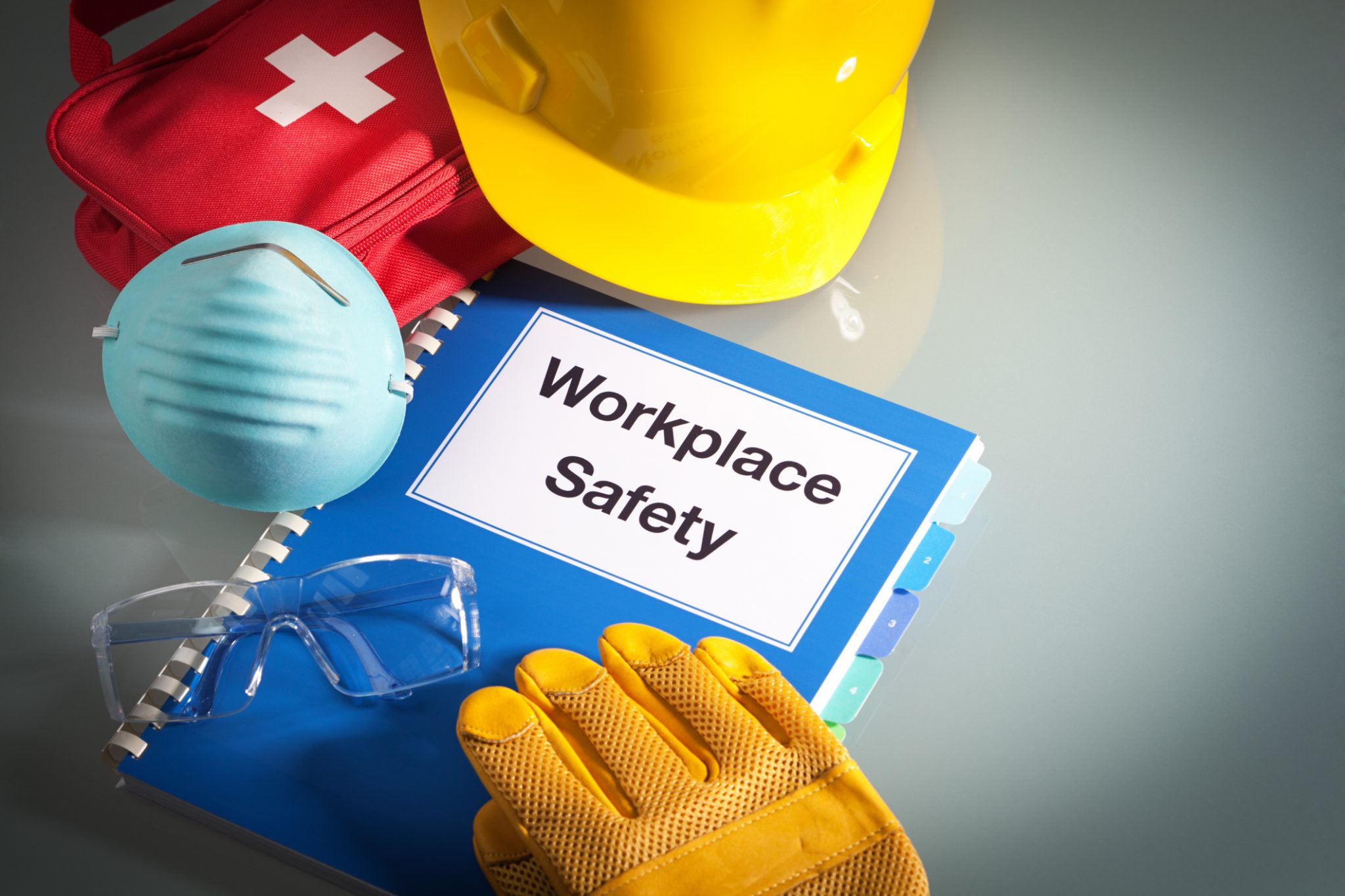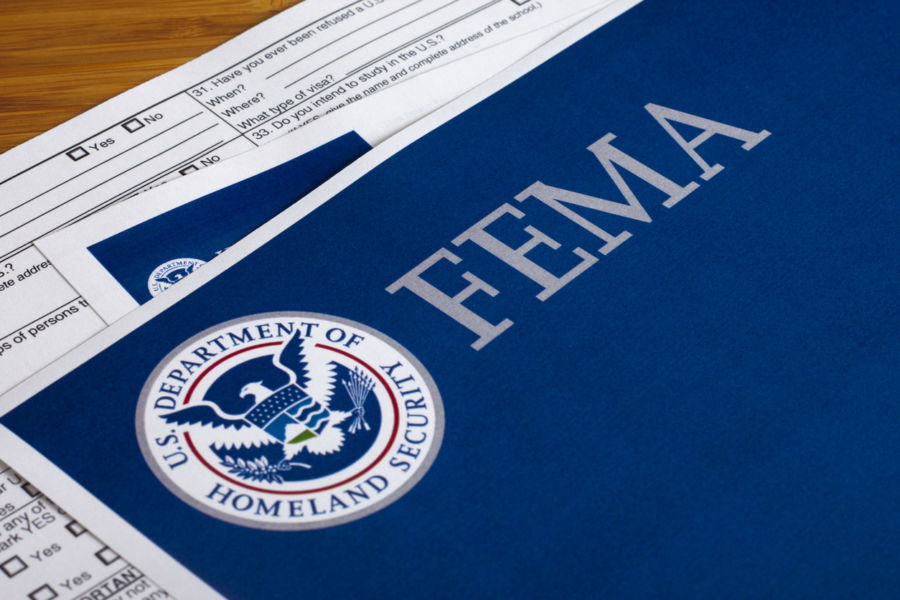
By Subcontractors USA News Provider
Are you providing a safe workplace for your workers? Under the Occupational Safety and Health Act of 1970, employers have a responsibility to provide a safe workplace.
OSHA covers most private sector employers and their workers in all 50 states, the District of Columbia, and other U.S. jurisdictions either directly through Federal OSHA or through an OSHA-approved state program. Those not covered by the OSH Act include: self-employed workers, immediate family members of farm employers, and workers whose hazards are regulated by another federal agency.
Under the OSH law, employers have a responsibility to provide a safe workplace. This is a short summary of key employer responsibilities:
- Provide a workplace free from serious recognized hazards and comply with standards, rules and regulations issued under the OSH Act.
- Examine workplace conditions to make sure they conform to applicable OSHA standards.
- Make sure employees have and use safe tools and equipment and properly maintain this equipment.
- Use color codes, posters, labels or signs to warn employees of potential hazards.
- Establish or update operating procedures and communicate them so that employees follow safety and health requirements.
- Employers must provide safety training in a language and vocabulary workers can understand.
- Employers with hazardous chemicals in the workplace must develop and implement a written hazard communication program and train employees on the hazards they are exposed to and proper precautions (and a copy of safety data sheets must be readily available). See the OSHA page on Hazard Communication.
- Provide medical examinations and training when required by OSHA standards.
- Post, at a prominent location within the workplace, the OSHA poster (or the state-plan equivalent) informing employees of their rights and responsibilities.
- Report to the nearest OSHA office all work-related fatalities within 8 hours, and all work-related inpatient hospitalizations, all amputations and all losses of an eye within 24 hours. Call our toll-free number: 1-800-321-OSHA (6742); TTY 1-877-889-5627. [Employers under federal OSHA’s jurisdiction were required to begin reporting by Jan. 1, 2015. Establishments in a state with a state-run OSHA program should contact their state plan for the implementation date].
- Keep records of work-related injuries and illnesses. (Note: Employers with 10 or fewer employees and employers in certain low-hazard industries are exempt from this requirement.
- Provide employees, former employees and their representatives access to the Log of Work-Related Injuries and Illnesses (OSHA Form 300). On February 1, and for three months, covered employers must post the summary of the OSHA log of injuries and illnesses (OSHA Form 300A).
- Provide access to employee medical records and exposure records to employees or their authorized representatives.
- Provide to the OSHA compliance officer the names of authorized employee representatives who may be asked to accompany the compliance officer during an inspection.
- Not discriminate against employees who exercise their rights under the Act. See our “Whistleblower Protection” webpage.
- Post OSHA citations at or near the work area involved. Each citation must remain posted until the violation has been corrected, or for three working days, whichever is longer. Post abatement verification documents or tags.
- Correct cited violations by the deadline set in the OSHA citation and submit required abatement verification documentation.
OSHA encourages all employers to adopt a safety and health program. Safety and health programs, known by a variety of names, are universal interventions that can substantially reduce the number and severity of workplace injuries and alleviate the associated financial burdens on U.S. workplaces. Many states have requirements or voluntary guidelines for workplace safety and health programs. Also, numerous employers in the United States already manage safety using safety and health programs, and OSHA believes that all employers can and should do the same. Most successful safety and health programs are based on a common set of key elements. These include management leadership, worker participation, and a systematic approach to finding and fixing hazards.
For more information, please visit osha.gov.
Source: United States Department of Labor Occupational Safety and Health Administration






